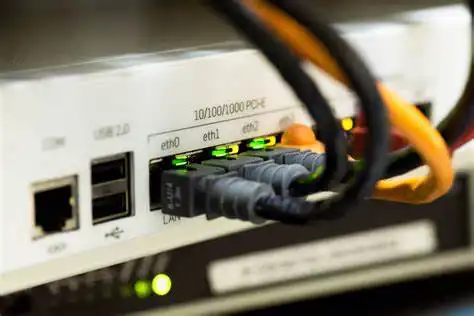The synthetic David Attenborough, or 'deepfake', debuted at the 2023 UN climate change conference. The AI was able to convincingly mimic the legendary broadcaster's tone and presence, highlighting the rapid advancement of such technology.
However, amid the marvel and concern at the technology's capabilities, there developed a legal mire. SAG-AFTRA, Hollywood's leading actor's union, has raised concerns over the fair use of performers' rights in cases like this.
A deepfake is a type of artificial intelligence that can generate a near-perfect copy of a real person. It can clone their voice, their mannerisms, their facial expressions, and even fine details such as the way they move their hands.

Deepfakes have been used for harmful purposes before, sparking widespread concern about the ethical implications of this technology. However, Attenborough's deepfake also raises questions about the rights of performers.
If a performer's likeness can be recreated so precisely, where does this leave the demand for human actors? Further, who owns the rights to an individual's characteristics and mannerisms, especially when they have been artificially created?
These are the questions that SAG-AFTRA has begun to ponder. As the leading representative body for actors in Hollywood, they are concerned about the potential for job losses and the violation of performers' rights.
Deepfakes could be used to replace actors entirely, thereby rendering performers obsolete. Equally worrying is the use of deepfakes for nefarious purposes, as has already been seen with non-consensual pornography.
So far, there are no regulations in place to protect performers from these potential abuses. However, SAG-AFTRA is arguably in the best position to lobby for such protective measures.
Indeed, legal experts are now debating the potential for the regulation of deepfakes. Given the technology's rapid advancement and increasing usage, some argue that a legal framework is now necessary.
But what would this legislation look like? How would it protect performers while still allowing for the creative and innovative use of deepfakes?
Some suggest that legislation could mirror that in place for other forms of intellectual property. Performers' 'likenesses' could be trademarked, much like logos or brand names.
However, the replication of an individual's mannerisms and characteristics is not the same as copying a logo. It raises complex questions about privacy and identity that are not easily resolved.
And there are also practical problems to consider. The enforcement of such legislation would be challenging, given the global nature of the internet and the capacity for deepfakes to be generated by anyone with the requisite technology.
Stricter regulations could also stifle creativity and innovation. If performers had absolute control over the use of their likeness, it could result in fewer opportunities for artists to experiment with new forms of storytelling.
There is a tension, therefore, between protecting performers' rights and encouraging innovative use of technology. There is no easy solution to this conundrum.
For now, SAG-AFTRA is leading the charge in pushing for regulations. At the same time, the film industry is grappling with the implications of deepfakes for their business model.
And as for Attenborough's deepfake? Its creators claimed that they sought approval from the broadcaster before proceeding. However, it is not clear whether this practice will become a common requirement in the future.
In any case, it is clear that the rise of deepfakes has reignited debates within the film industry about the rights of performers. These debates will only intensify as the technology continues to advance.
What's certain is that deepfakes hold the potential to radically alter the entertainment landscape. Whether this future is viewed with excitement or trepidation depends largely on the actions of those at the forefront of this technological revolution.
The era of deepfakes is well and truly upon us. The question is, how will the film industry adapt?